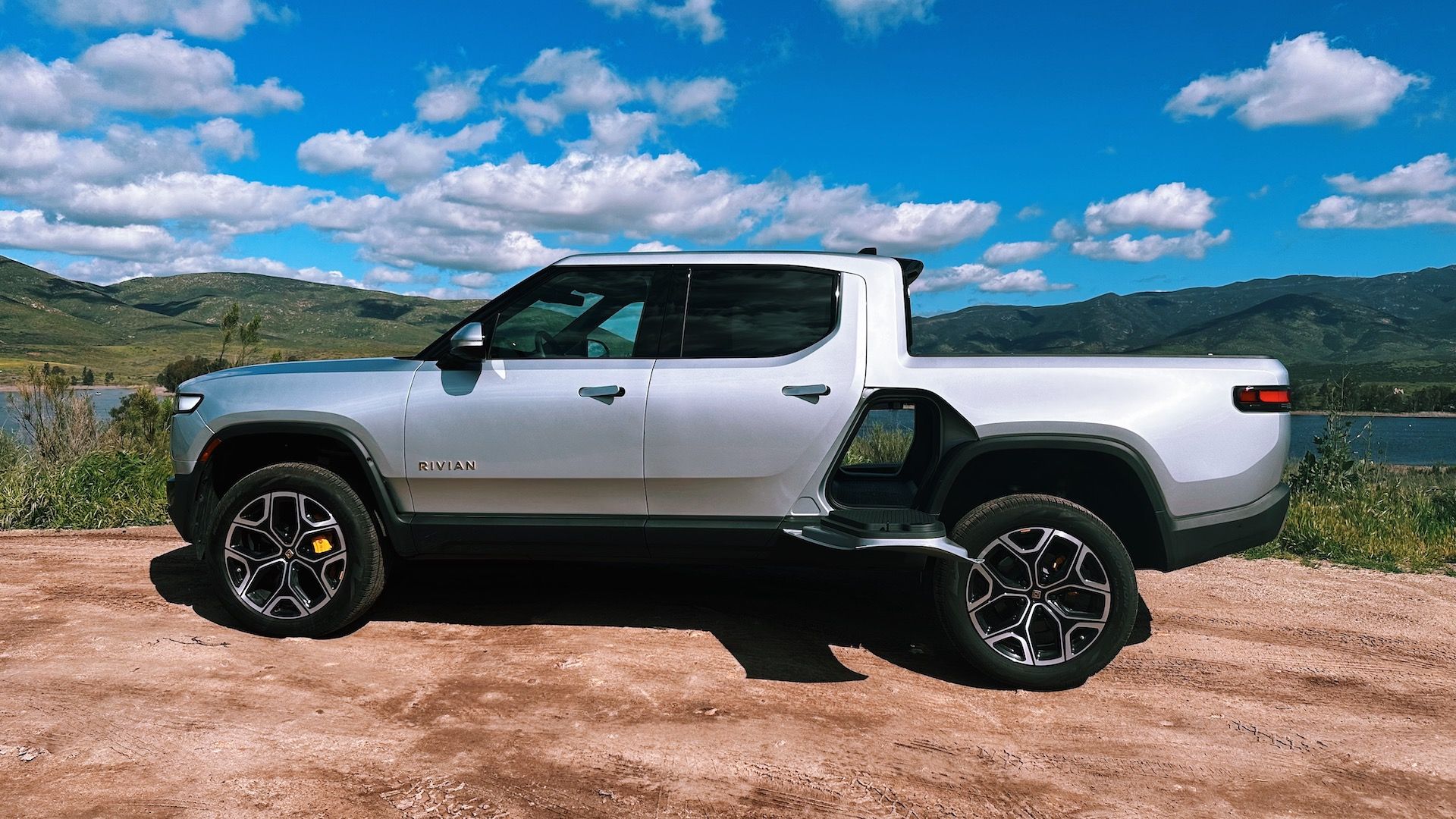Plenty of excellent EVs are available these days, but the technology is still in its infancy. If you think electric vehicles are exciting right now, wait until they're even faster, have longer range, and can charge without wires.
In recent years, electric car technology, performance, and range have increased by leaps and bounds. However, automakers from Tesla to Ford have only scratched the surface, and plenty of game-changing features or advancements are on the way. Here's what you need to know as we look ahead.
A Huge Leap Forward With Solid-State Batteries
Imagine an electric car with over 700 miles of range and a battery that can fully recharge in under 10 minutes. That's nearly as fast as filling your tank with gasoline. That's the EV future we were promised, what everyone is waiting for, and solid-state batteries could make it a reality.
Solid-state EV batteries are what many consider the holy grail, but production has proved challenging. Instead of your typical big, heavy, and flammable lithium-ion, which uses a liquid electrolyte (or gel) that flows energy between two sides of a battery, solid-state replaces that with a solid material. Not only is a solid-state battery lighter, but it has a more stabilized makeup, extended lifespan, and faster charging, to name a few.
By removing the flammable liquid electrolyte, solid-state batteries have fewer moving parts and are a far safer option. Mass production remains a challenge, which is why we've been hearing about the technology for years but can't have it yet. However, we're seeing massive advancements in the space, and it's only a matter of time until EVs with this battery tech arrive.
Toyota recently announced it had achieved milestones with solid-state EV battery production and boasted a solid-state battery pack that could give EVs a range of 745 miles on a single charge. Toyota is still aiming for a 2025 release. We're seeing similar breakthroughs with China's CATL with solid and condensed technologies, along with Samsung SDI.
Wireless EV Charging Will Ditch Cables and Adapters
Similar to how smartphones and watches support wireless charging, automakers want to introduce a similar wireless charging technology for electric vehicles. Wireless EV charging works the same way with magnetic induction, only on a far bigger scale.
Wireless charging for EVs is wildly expensive and requires substantial electromagnetic fields to transmit power, so this technology is likely further out than solid-state batteries. Owners could simply drive over a charging pad installed in the garage instead of dealing with cables, charging plug types, or adapters.
Another option is for roadways, stop lights, and other areas to have the technology built-in, meaning vehicles never have any downtime and constantly charge. This makes sense at stop lights, where you could get a limited fast charge until the light turns green, but that requires lots of city driving and enormous infrastructure redesigns. According to Electrek, a "smart city" in Japan plans to test wireless EV charging on city streets soon.
It could be a decade (or more) before this technology is advanced enough for modern electric cars, especially as range and battery technology advances, not to mention redesigned streets and parking garages. That said, eventually, it's another future technology that could reshape how we all drive.
Longer Range Options
While there are several electric vehicles that have excellent range, like the Tesla Model S, the upcoming Cadillac Lyriq IQ, or the Lucid Air, range anxiety is still a concern, whether warranted or not. My aging Toyota Tacoma barely gets 240 miles on a tank of gas, so the 330-mile range some EVs can achieve seems lovely to me.
The real issue with range is the charging infrastructure or lack thereof, not the vehicles themselves. Range anxiety should disappear as charging networks, plugs, and systems improve. At the same time, improvements to electric motors, drivetrain, and EV components will slowly but surely allow our cars to go further on a single charge.
Remember, electric cars are still new in the world of automobiles, and things are constantly changing. Breakthroughs in the electric systems, more efficient motors, solid-state battery packs, wireless charging, and even solar charging will all combine to one day make range an afterthought.
Autonomous and Self-Driving EVs
Self-driving cars are coming, maybe, eventually, right? They're a staple in sci-fi movies, and depending on the definition of "autonomous vehicles," the technology is either already here, coming any day now, or could be another decade or more away.
There are several different "levels" of autonomy, and I'm still unsure if we'll ever have consumer vehicles that can 100% drive themselves. Elon Musk seems to think so, but he's promised "full self-driving will arrive this year" on more than one occasion, with the last one being back in 2022. Surprise, it's still not here.
However, the underpinning technology exists, and several vehicles on the road today have self-driving abilities. I'm talking about automatic lane changes, adaptive cruise control, lane assist, automatic braking, or all of those self-driving taxis on the streets of San Francisco. Manufacturers are working hard to deliver this future, and some version of it will be here before you know it.
At the time of writing, Mercedes-Benz is the only automaker with a certified level 3 "conditional automation" vehicle available or coming soon for the public. Select Mercedes models will allow owners to legally take their eyes and hands off the wheel, as long as it's in a city or on a road that supports the feature. Drivers must still be ready to take over if needed, but it's the most advanced version of the technology yet. Tesla's Autopilot is still classified as level 2.
In the future, our vehicles could operate and drive with minimal input from the owner, offer substantially more range, and charge wirelessly while parked at our homes. Get in, tell it where you want to go if it doesn't know already, then sit back and relax. We're not there yet, but it could be our future sooner than you think.
